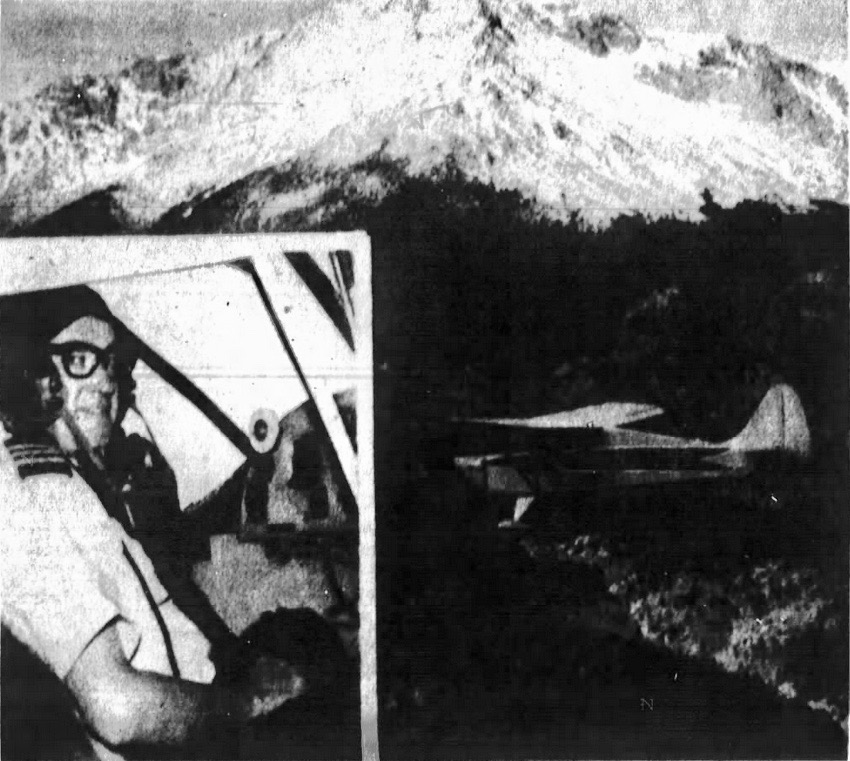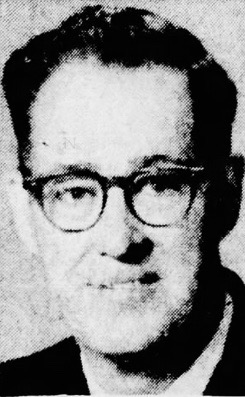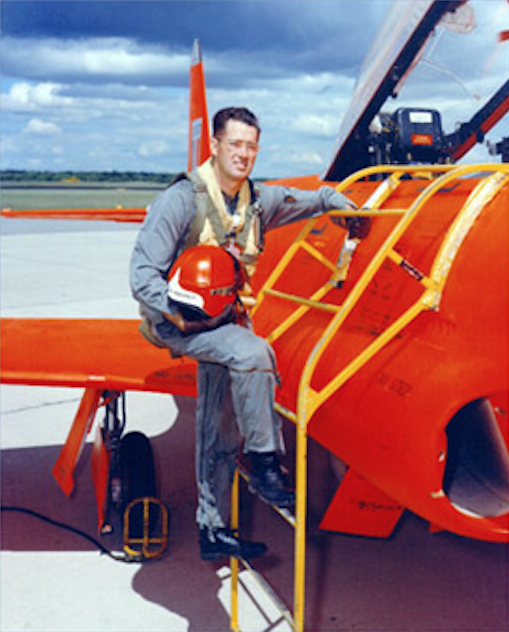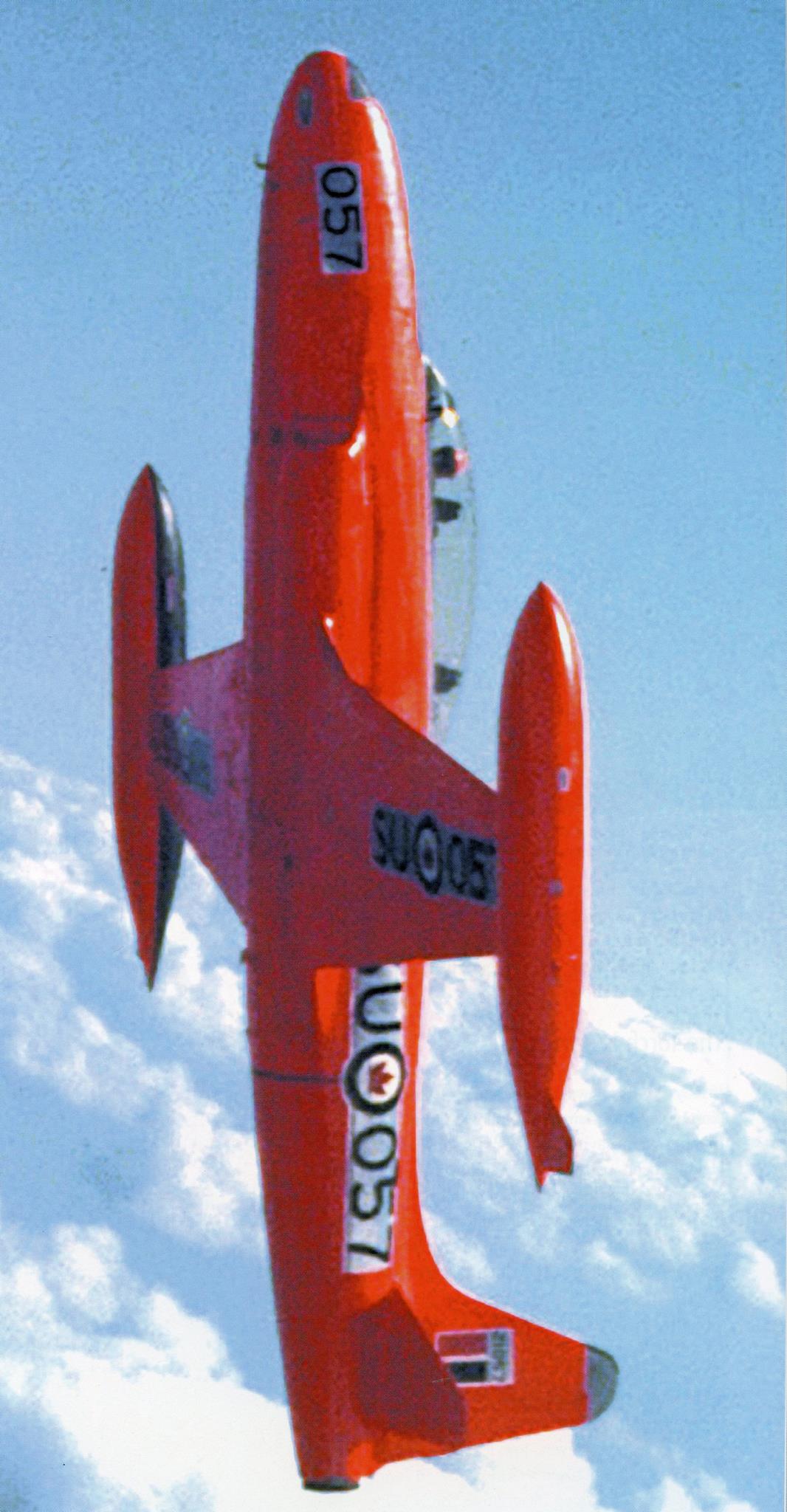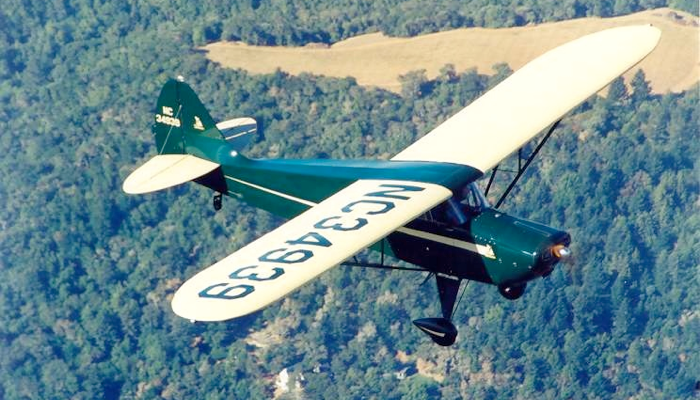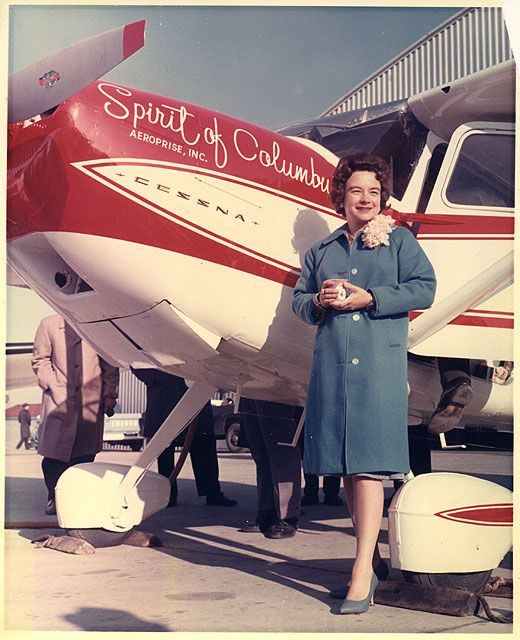


Jerrie Mock held twenty-two FAI world records, set between 1964 and 1969.
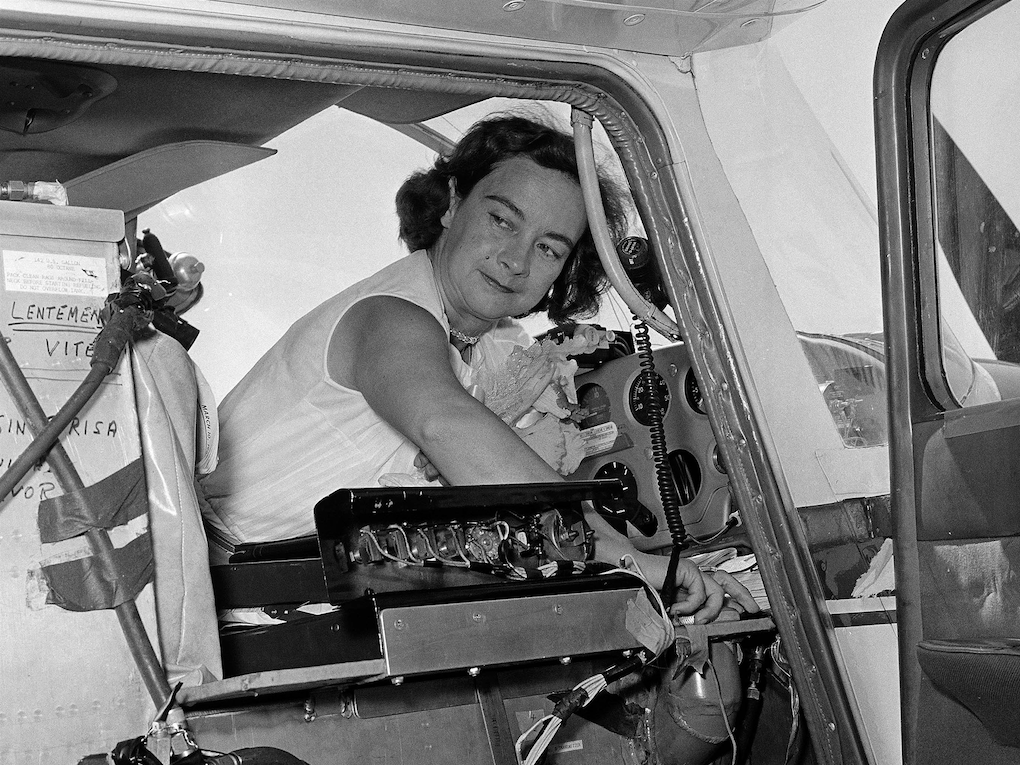
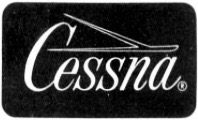
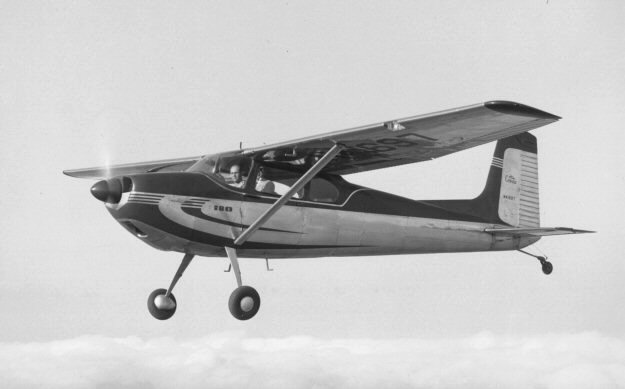
 The Cessna Model 180 is an all-metal, four-place, single-engine, high-wing monoplane with fixed landing gear. It is 25 feet, 6 inches (7.772 meters) long with a wingspan of 36 feet, 2 inches (11.024 meters) and height of 7 feet, 6 inches (2.286 meters). If the optional rotating beacon is installed, the height is increased to 7 feet, 9 inches (2.362 meters). The Cessna 180 has an approximate empty weight of 1,525 pounds (692 kilograms), depending on installed equipment, and the maximum gross weight is 2,800 pounds (1,270 kilograms).
The Cessna Model 180 is an all-metal, four-place, single-engine, high-wing monoplane with fixed landing gear. It is 25 feet, 6 inches (7.772 meters) long with a wingspan of 36 feet, 2 inches (11.024 meters) and height of 7 feet, 6 inches (2.286 meters). If the optional rotating beacon is installed, the height is increased to 7 feet, 9 inches (2.362 meters). The Cessna 180 has an approximate empty weight of 1,525 pounds (692 kilograms), depending on installed equipment, and the maximum gross weight is 2,800 pounds (1,270 kilograms).
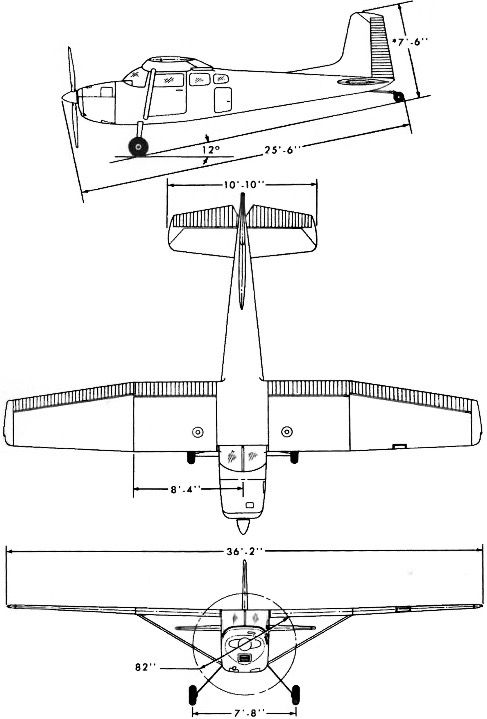

The airplane has a cruise speed of 162 miles per hour (261 kilometers per hour) at 6,500 feet (1,981 meters), and its maximum speed is 170 miles per hour (274 kilometers per hour) at Sea Level. Its service ceiling is 19,600 feet (5,974 meters). The Cessna 180 has a maximum fuel capacity of 84 gallons (318 liters), giving it an optimum range of 1,215 miles (1,955 kilometers) at 10,000 feet (3,048 meters) and 121 miles per hour (195 kilometers per hour).
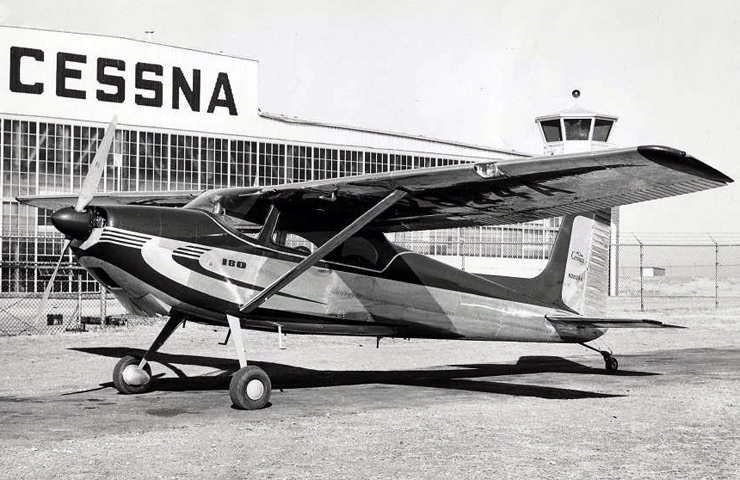
After her around the world flight, Jerrie Mock never flew Spirit of Columbus again. Cessna exchanged it for a new six-place P206 Super Skylane, N155JM. For many years N1538C was hanging over a production line at the Cessna factory. Today, Mock’s Cessna 180 is on display at the Steven F. Udvar-Hazy Center, Smithsonian Institution National Air and Space Museum.
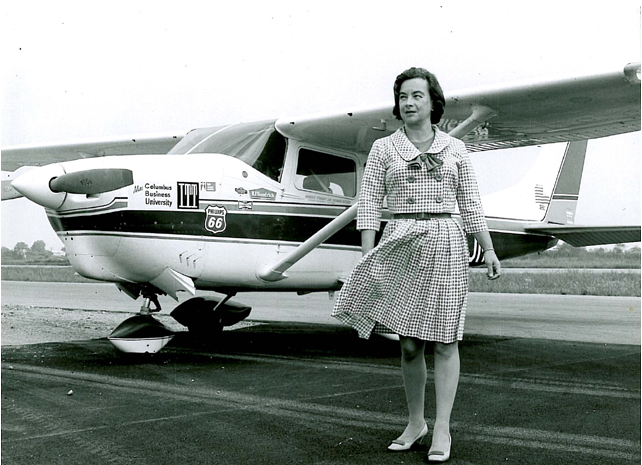
On 4 May 1964, President Lyndon B. Johnson presented Jerrie Mock with the Federal Aviation Agency Gold Medal for Distinguished Service, and the Fédération Aéronautique Internationale awarded her its Louis Blériot Silver Medal.
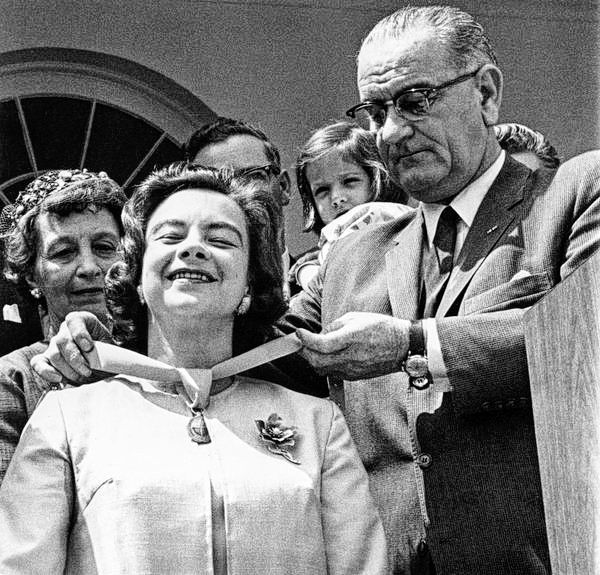
Geraldine Lois Fredritz was born 22 November 1925 at Newark, Ohio. She was the first of three daughters of Timothy J. Fredritz, a clerk for a power company, and Blanche M. Wright Fredritz. Jerrie Fredritz graduated from Newark High School in 1943, then studied aeronautical engineering at Ohio State University, Columbus, Ohio. She was a member of the Phi Mu (ΦΜ) sorority.
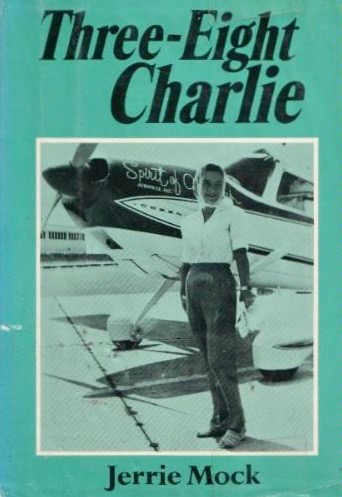
Jerrie Mock wrote about her around-the-world flight in Three Eight Charlie, published by Lippincott, Philadelphia, Pennsylvania, 1970.
Geraldine Fredritz Mock died at Qunicy, Florida, Monday, 30 September 2014, at the age of 88 years. She had requested that her ashes be spread over the Gulf of Mexico.
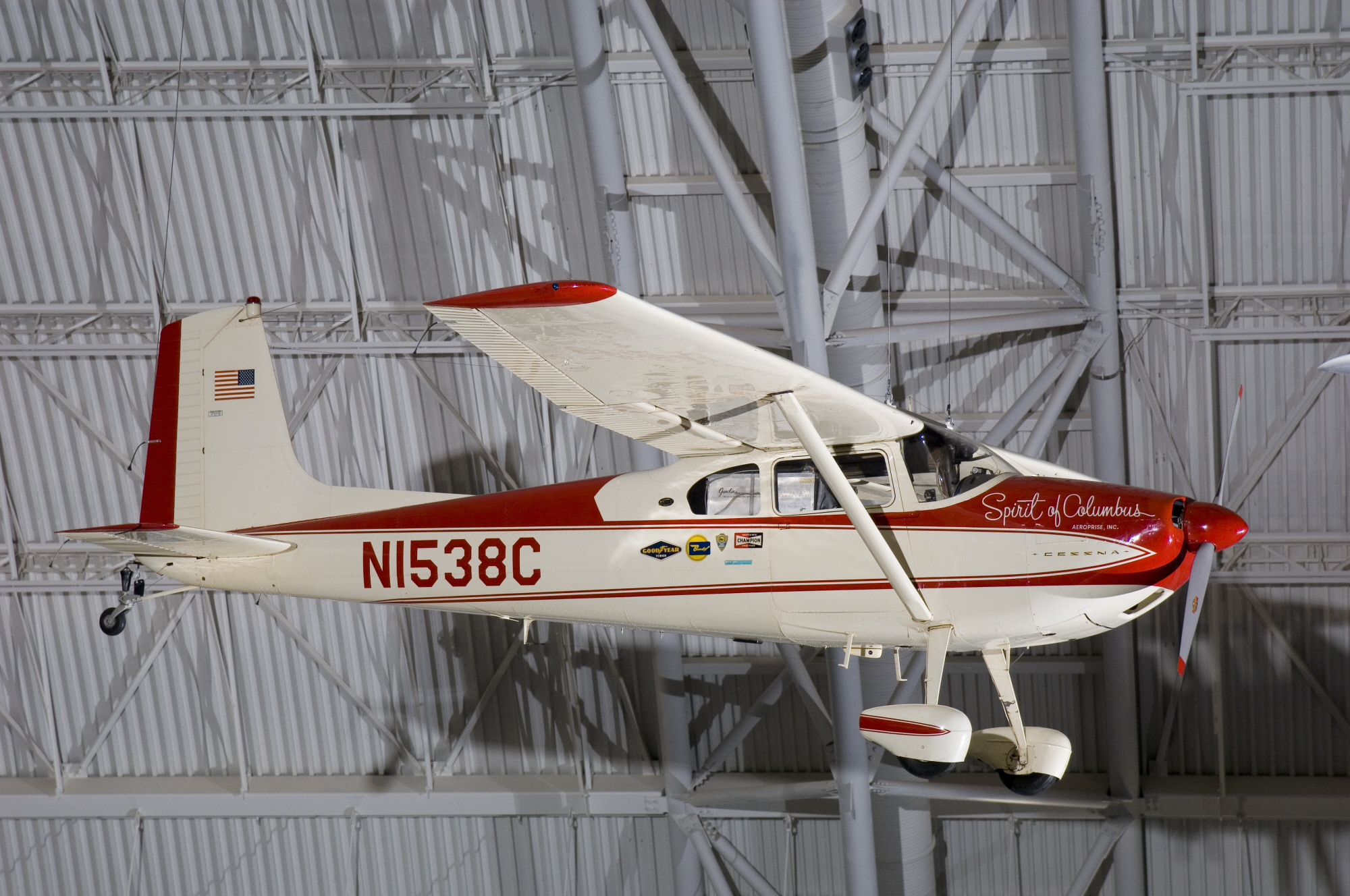
¹ The international organization for flight records, the Fédération Aéronautique Internationale, requires that a circumnavigation cross all meridians in one direction and be at least the length of the Tropic of Cancer, 22,858.729 miles (36,787.559 kilometers).
² FAI Record File Number 3526
© 2019, Bryan R. Swopes
